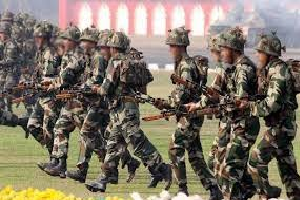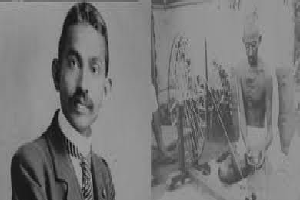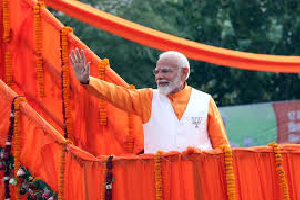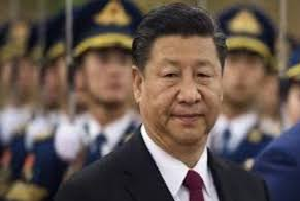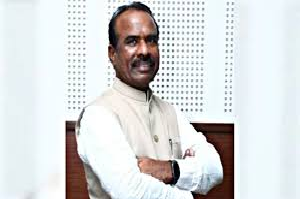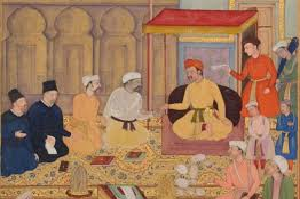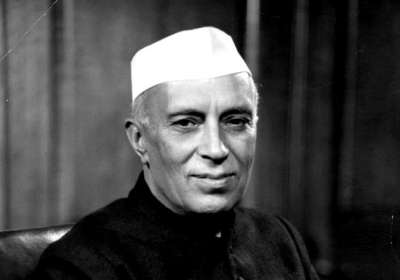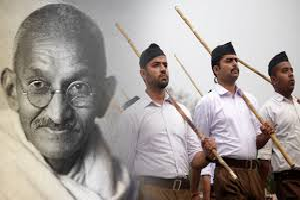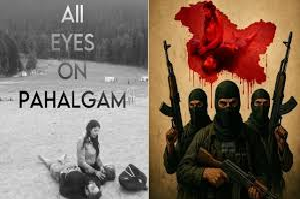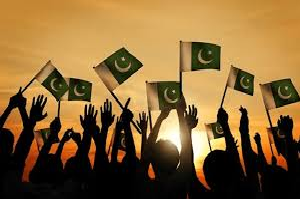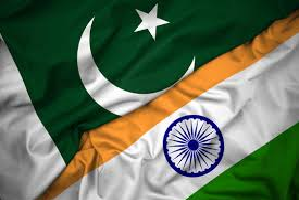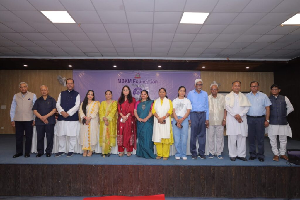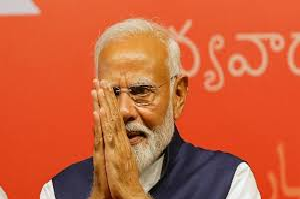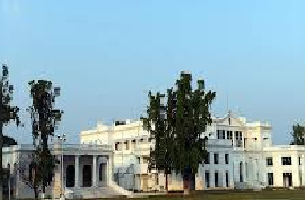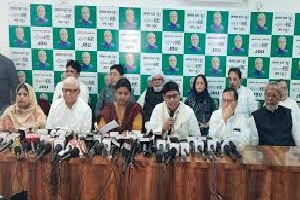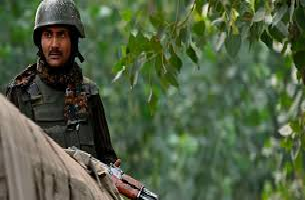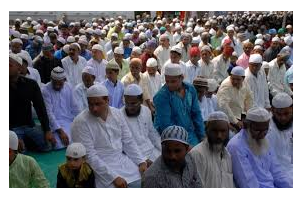27

Prabhjot Singh
Punjab | Tuesday | 27 August 2024
While fervour, gaiety, celebrations, and felicitations to mark back-to-back bronze medal triumphs in the Tokyo and Paris Olympic Games are almost nearing their end, at least two members of the Indian hockey squad must have been left wondering why they did not return home as “Olympians” with bronze medals hanging down their necks.
This million-rupee question probably did not agitate the minds of officials of the Indian Olympic Association (IOA) and Hockey India (HI), who were part of the official entourage to the Paris Olympic Games.
When the medal ceremony was held after the gold medal match, there were 18 players each of the new champions, the Netherlands, and the runners-up Germany, on the podium, and India, the winner of the bronze medal, had only 16 players.
After the conventional ritual was gone through, three of the Indian players – Krishan Bahadur Pathak (goalkeeper), deep defender and drag-flicker Jugraj Singh and midfielder Neelkanta – who watched all the games from the stands, joined their colleagues on the ground to celebrate the bronze medal triumph.
Despite being part of the team throughout the tournament, they were not included in the medal ceremony as they did not take the field of play. The International Hockey Federation (FIH) clarified that only athletes who participate in a match can be considered Olympians and receive medals.
India did not utilize the Alternate Athlete (Ap) rule, which allows teams to swap in reserve players during the tournament. In contrast, other teams, including the Netherlands and Germany, used this rule to give more players the opportunity to participate and receive medals. The Indian team management's decision not to invoke this provision has left the reserve players feeling disappointed and wondering what could have been.
With bronze medals hanging around their necks, 16 Indian players were busy greeting each other besides acknowledging compliments from their accompanying family members, friends and well-wishers, Indian reserve players looked heartbroken as their opportunity to return home as Olympians with a similar bronze medal hanging down their necks had slipped away without any fault of theirs. They were with the team throughout, discharging their roles as well as they could.
They wondered why reserve players of other teams, including new champions, the Netherlands, and the silver medallist Germany, had blooded 18 players each during the Games, they were denied a legitimate chance of sharing the same honours.
Understandably such questions are seldom asked as they have their future in the sport at stake.
When contacted Nicolas Maingot, Senior Communications Manager of the International Hockey Federation (FIH), said :
IOC rules state that to become an Olympian, and to be awarded a medal, an athlete needs to take the field of play. Any athlete who does not, even if they are named as a reserve, is neither an Olympian nor can they be awarded a medal. This is true of all sports.
Therefore for hockey, only those athletes from the medal-winning teams who were named in a matchday squad of 16 and took the field of play during a match, were awarded medals.
The Netherlands and Germany both used the new Ap athlete rules in place during Paris to swap in their Ap athletes during different matches in the tournament and, therefore 18 athletes received medals. Neither reserve goalkeeper did, however.
India did not make any changes during the tournament to their matchday 16 and therefore only 16 medals were awarded and their 3 Ap athletes are not considered Olympians or medallists for Paris as they did not play at any stage.
What is the Ap rule?
The International Olympic Committee (IOC) circulates rules and guidelines for all participating National Olympic Committees (NOCs) and their affiliates National Sports Federations (NSFs) for their teams and players participating in the Olympic Games. It notified the Alternate athlete (Ap) as follows:
Alternate athlete (Ap):
As per the “Accreditation at the Olympic games – Detailed applications” NOCs can activate alternate athlete (Ap) in the following sports and disciplines: Artistic swimming, Athletics, Cycling – BMX racing, Cycling – Track, Equestrian, Fencing, Handball, Hockey, Football, Rowing, Rugby, Table Tennis, Volleyball and Water Polo (TBD).
All Ap athletes need to be identified at the time of the final Entries Submission. In addition, before the sport-specific deadlines set in the Late Athlete Replacement Detailed Annex by Discipline, the NOCs can either activate their Ap athlete(s) or to use a replacement from the long list and be in a position to appoint another Ap athlete. To replace an Ap athlete the LAR process using the e-LAR process using the e-LAR tool as described above is applicable.
Once competition has started, the activation of the Ap athlete has to follow the same e-LAR process as above and adhere to the timelines stipulated in the Late Athlete Replacement Detailed Annex by discipline.
Why did India decide not to make use of the Ap rule?
The Indian team management in its prudence may have decided not to invoke this provision so as not to upset the rhythm of the team. There could be other reasons, including some technical aspects which are not out in the public domain.
Statistically speaking, India needed to use this rule more than other teams as it was the only team to be given a red card and that too at the beginning of the second quarter of a crucial quarterfinal match against Great Britain. Losing a dependable deep defender and an alternate drag flicker with a semi-final against the defending world champions Germany in hand, India needed reinforcements to tighten its defence line. It was available under the Ap rules. India had the option to bring in Jugraj Singh.
Though the Indian team played the semi-final against Germany without Amit Rohidas by using former captain and midfielder Manpreet Singh as a deep defender, it did affect two positions, one at which Manpreet plays originally and the second at the position he played in the semi-final. Had Jugraj been there, it would have come as a blessing for he would have come in deep defence and allowed Manpreet to play at his natural position.
Though Amit Rohidas was the only player to get a red card and two-match suspension, Germany had landed in a similar but a little less severe situation after its opening game against France. Christopher Rueher, one of their most experienced players, was shown a yellow card during the game. After the game, a one-match ban was imposed on him for arguing with the umpire.
Germany managed the challenge and used the Ap rule. It was not only Germany but almost all teams that made use of the Ap rule. Interestingly, none of the teams used it for bringing in their reserve goalkeepers.
Rest, all is history.
Caption for pictures taken by the writer:
1. The medal ceremony: The Netherlands, Germany, and India on the podium before the presentation of medals.
2. Jugraj Singh, with hands in his pockets must be wondering why he was not on the podium when medals were presented.
----–-----------------


